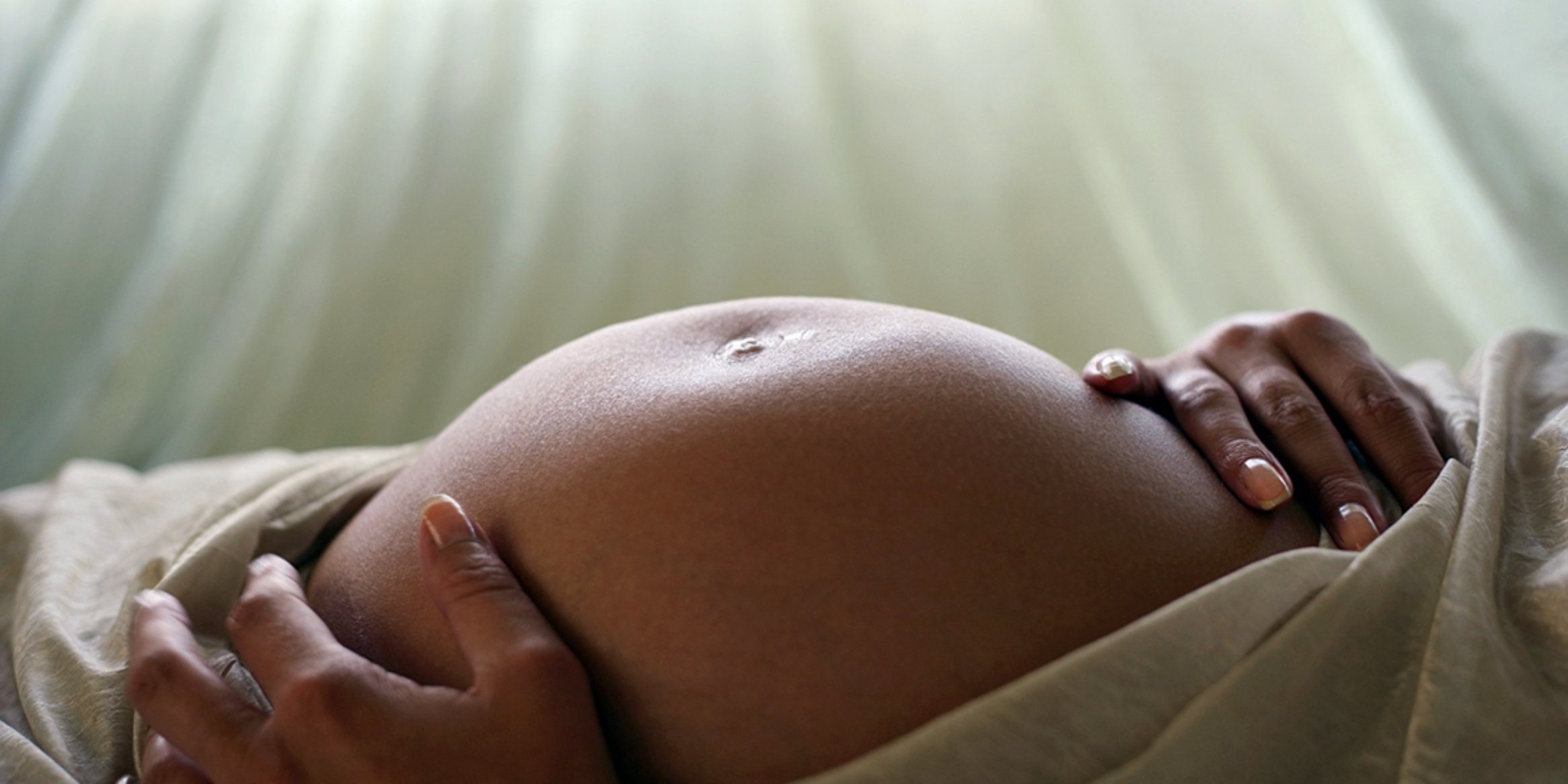
Women’s Health
Women’s Life Passages
Women’s lives encompass a series of unique and meaningful phases and transitions, from menarche through menopause. Stephanie is committed to supporting women through the joys and challenges of each of these phases using the gentle modalities of acupuncture, bodywork, and herbal medicine.
Stephanie works with patients to support:
Healthy Menstrual Cycles:
Acupuncture and herbal medicine can help to regulate women’s menstrual cycles and ease painful periods and PMS manifestations. Acupuncture and herbal medicine are effective in the treatment of PCOS, fibroids, and endometriosis, both as standalone therapies and in conjunction with biomedical treatments.
Fertility:
Stephanie is committed to holding a supportive and non judgemental space for individuals and families seeking to conceive and build their families. Acupuncture and herbal medicine can help address PCOS, fibroids, endometriosis, unexplained infertility, pregnancy loss, and advanced maternal age.
Acupuncture and herbal medicine can enhance the success of IUI, IVF, and other assisted reproductive therapies. Stephanie’s patients have included single moms by choice, queer and trans people, their partners, and families.
Pregnancy:
Pregnancy is a rich and meaningful stage of life. Stephanie loves working with pregnant and expecting patients, supporting the innate vitality of mother and baby, and promoting ease through the physical and emotional changes that occur with each trimester. Acupuncture and herbal medicine can address common complaints of pregnancy, such as morning sickness, nausea, fatigue, and musculoskeletal discomforts and pain. These modalities can also help with common complaints such as headaches, common cold, and allergies, depression, or insomnia where patients prefer to avoid taking prescription or over-the-counter medication.
Labor & Birth:
Evidence has shown that women who receive weekly acupuncture treatments leading up to their birth often have fewer interventions and shorter labors. Stephanie recommends weekly acupuncture for expectant mothers beginning at 36 weeks to prepare the body for smooth labor and birth.
Acupuncture for Breech Baby:
Acupuncture and moxibustion can be helpful in turning a breach baby into cephalad (head-down) position. In some cases, as little as a single treatment can turn the baby. Generally, patients are referred by their OB physician or midwife who are closely monitoring baby’s presentation.
Acupuncture for Labor Induction:
Around forty weeks, acupuncture and herbs can help to increase blood circulation to the uterus, relax pelvic floor muscles, lower the baby, and soften and ripen the cervix, in order to create a comfortable and conducive environment for labor and birth.
Postpartum Care:
Postpartum care is typically neglected in our modern western culture. Traditional cultures and traditional systems of medicine have always recognized that a new mother loses blood and vital energy during childbirth. The postpartum period is traditionally regarded as a critical time during which extra care
needs to be given to ensure that the mother regains her energy and strength so that she can continue to care for herself and her newborn.
So, many cultures have a 30 or 40 day "lying in" period in which the new mother rests, bonds with her new baby, is cared for, and does not leave the home.
Postpartum Care and East Asian Traditions
Traditional East Asian Medicine offers many tools for supporting a new mother's postpartum recovery, including:
moxibustion
herbal sitz baths and poultices
herbal teas to restore energy and support lactation
nutritional therapy
"Mother Roasting" and Postpartum Care:
One of my teachers, homebirth midwife and acupuncturist Dr. Raven Lang, has written about the concept of "mother roasting" as part of essential postpartum care.
Mother roasting refers to the almost universal practice, in traditional cultures, of keeping mothers warm immediately after birth and in the weeks to follow. It is believed to seal the gateways which have been opened by the birth and to keep wind and cold from entering a vulnerable new mother's body, thus facilitating recovery of vital energies after childbirth.
Mother-roasting takes various forms in different cultures. In Malaysia, a massage is traditionally given with a special stone that is heated on the fire, wrapped in a cloth and placed on the abdomen. In Thailand, a fire was kept at the new mother's bedside, and she would rotate her body every half hour to be warmed throughout
day and night. In Hopi culture in Arizona, the mother was rested on top of a heated bed of sand and a sheepskin and covered well.
Moxa (burning mugwort herb) is one of the tools used in Chinese Medicine to warm the new mother, close the gateways that have been opened and rebuild her energy. Moxa softens lumps or tumors, increases circulation, tonifies and strengthens the constitution and immune system, builds Qi and Blood and increases whole body energy. It also feels warm and cozy, enhancing relaxation and a sense of well-being. Read more about moxibustion here.
Moxa treatment can begin around day five post vaginal birth and a little longer after a C-section.


